Description
Faune by Jean Baptiste Martin printed on a T-Shirt
About the T-Shirt
Regular fit
Standard length, the fabric easily gives into movement
Casual wear
A classic, everyday option loved by our customers
Side-seamed
Constructed by sewing two parts together, creating a fitted look
The Unisex Staple T-Shirt feels soft and light with just the right amount of stretch. It’s comfortable and flattering for all. We can’t compliment this shirt enough–it’s one of our crowd favorites, and it’s sure to be your next favorite too!
- Solid colors are 100% Airlume combed and ring-spun cotton
- Ash color is 99% combed and ring-spun cotton, 1% polyester
- Heather colors are 52% combed and ring-spun cotton, 48% polyester
- Athletic and Black Heather are 90% combed and ring-spun cotton, 10% polyester
- Heather Prism colors are 99% combed and ring-spun cotton, 1% polyester
- Fabric weight: 4.2 oz./yd.² (142 g/m²)
- Pre-shrunk fabric
- 30 singles
- Side-seamed construction
- Tear-away label
- Shoulder-to-shoulder taping
- Blank product sourced from Nicaragua, Mexico, Honduras, or the US
Jean Baptiste Martin (1659-1735)
Jean-Baptiste Martin, known as “Martin des Batailles” was a French painter, decorator and designer who specialized in drawings for tapestries. He was best known for battle scenes, hence his nickname.
His father was a building contractor employed by the Bâtiments du Roi. He began his career in the workshops of the late Laurent de La Hyre, and later worked as a draftsman for Sébastien Le Prestre de Vauban, by whose introduction he became apprenticed to Adam Frans van der Meulen. His style soon came to be almost indistinguishable from Van der Meulen’s and, after the latter’s death in 1690, Martin and Sauveur Le Conte [fr] (another artist who specialized in battle scenes) were charged with completing a series of paintings honoring the achievements of King Louis XIV. That same year, partly in recognition of this work, he was appointed Director of the Gobelins Manufactory, succeeding Van der Meulen.
After Lecomte’s premature death in 1695, Martin began to collaborate with Pierre-Denis Martin who (depending on the source consulted) may have been his cousin, nephew or brother. In 1699, they completed a new series of works lauding the achievements of the King, which was installed at the Château de Marly. At this point, he became the official painter for the King’s campaigns against the Protestants in Dauphiné, the Siege of Mons and the Siege of Namur.
As a result of his position at Gobelins, many of his drawings and paintings were used for tapestries. He also executed frescoes for four rooms at the Hôtel des Invalides ( vedute depicting fortresses in the Netherlands, Flanders and Alsace). In 1710, he was commissioned by Leopold, Duke of Lorraine, to create a series of works depicting the life of Leopold’s father, Charles V, for the Château de Lunéville.
Although famous for painting battles, he also produced landscapes, portraits, still-lifes and historical scenes and helped to reorganize the tapestry manufactory in Nancy.

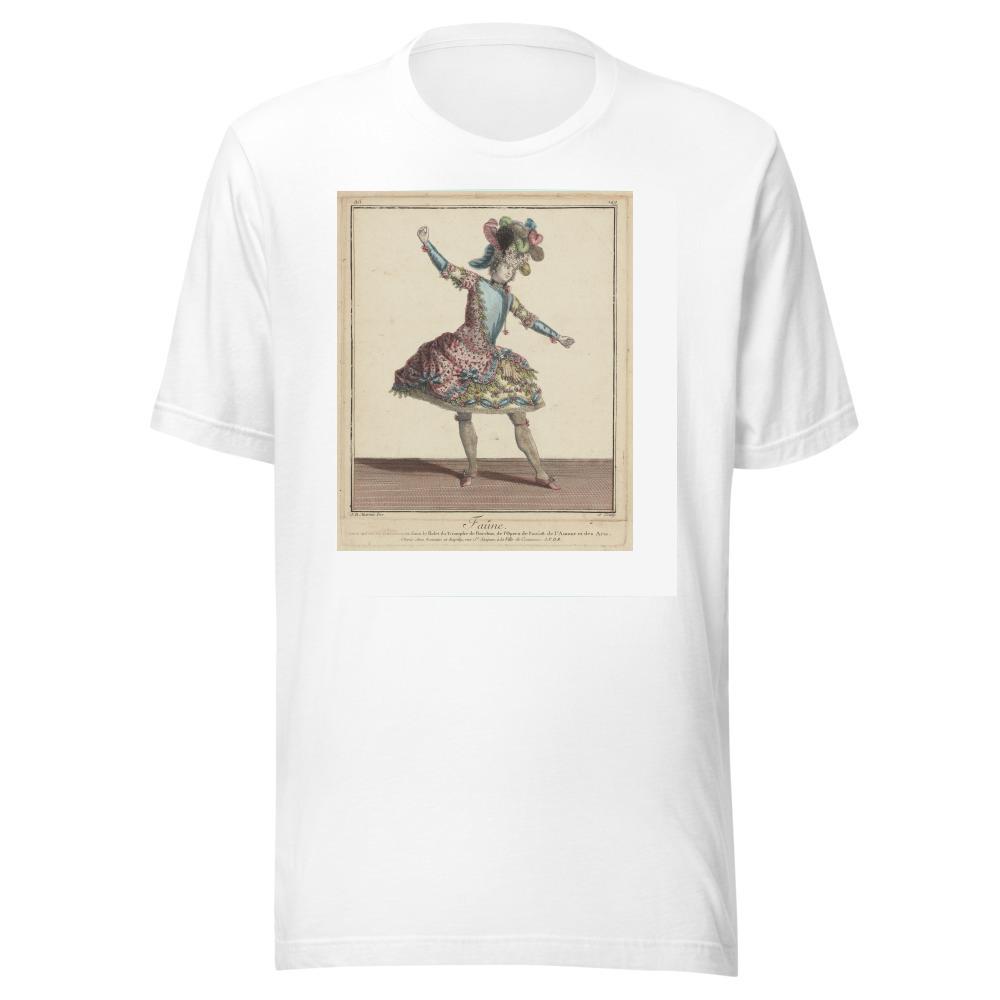
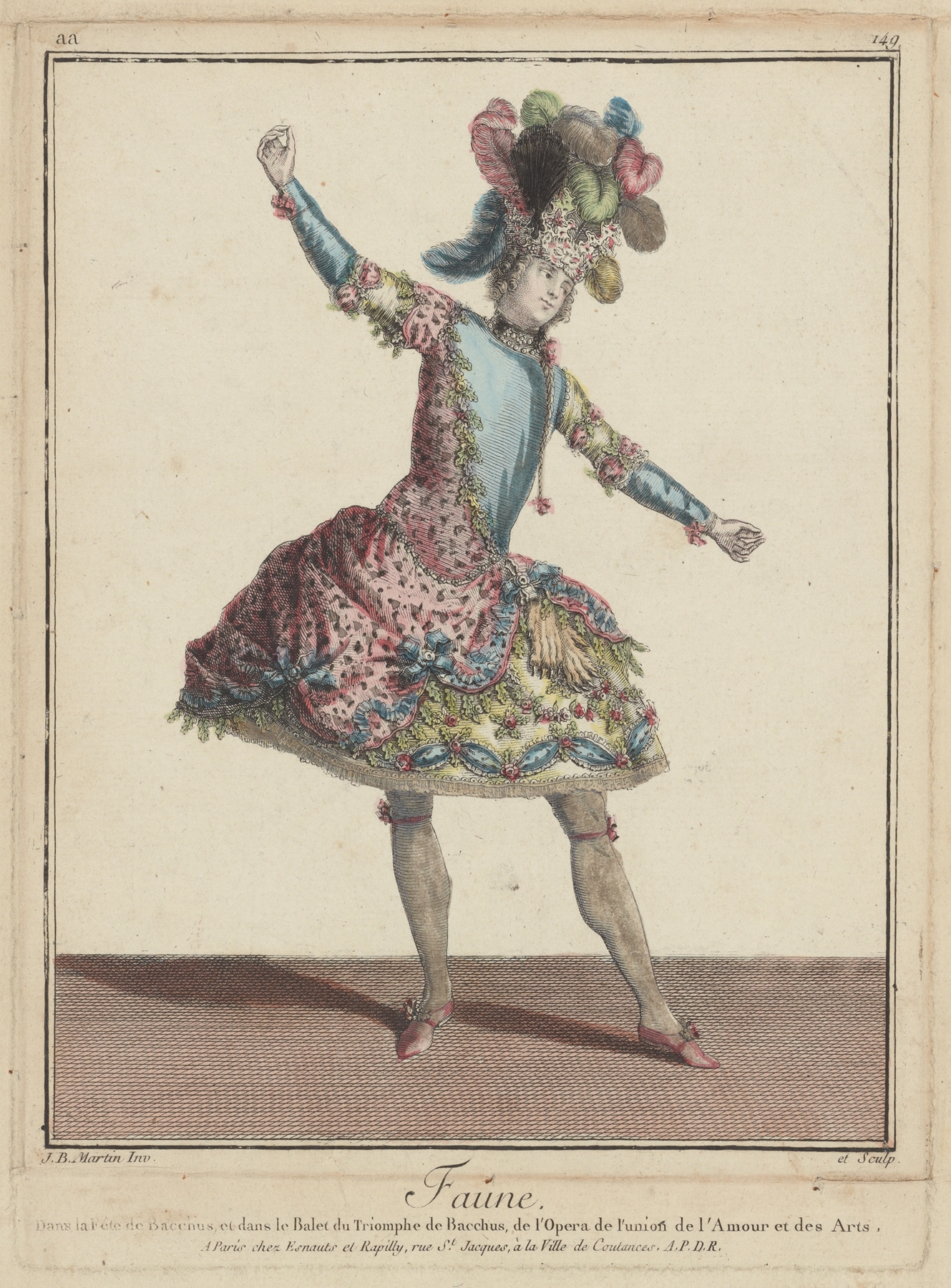
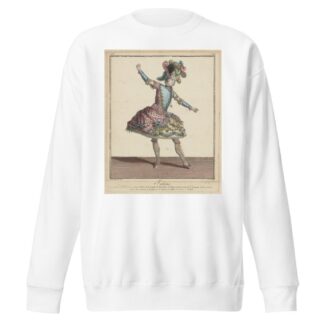
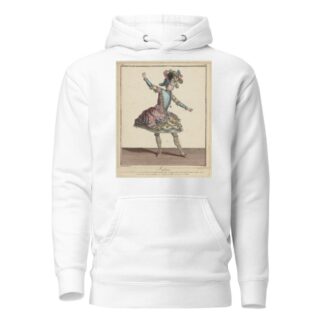
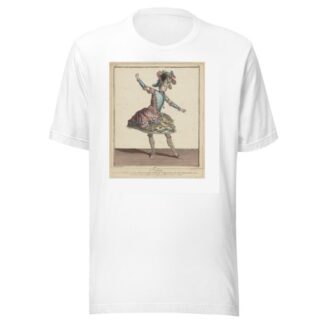
Reviews
There are no reviews yet.